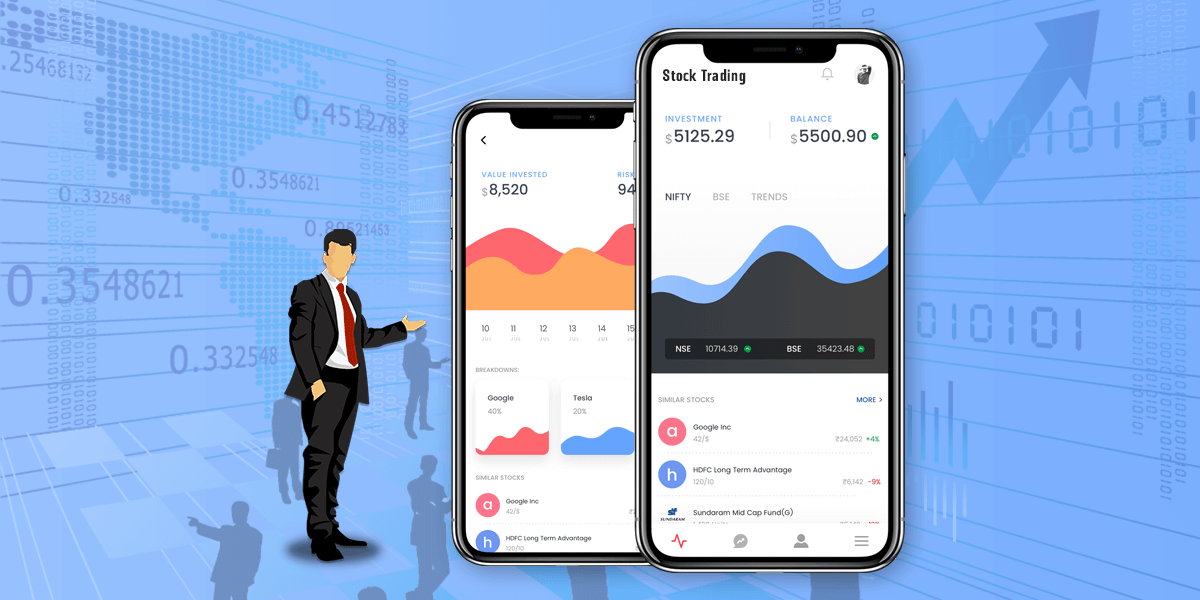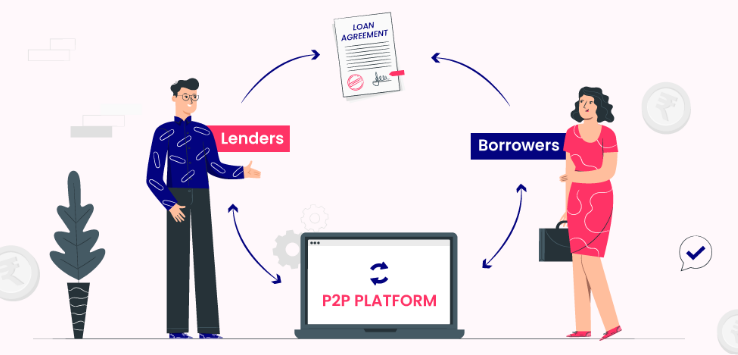Diving into the world of bitcoin, one concept that often comes up is Bitcoin ETFs. But what are they, and how do they work? Let’s break it down in a way that’s easy to digest, without all the financial jargon that can sometimes make your head spin.
Imagine you’re at a buffet, and you want to try a little bit of everything. Instead of loading your plate with every single dish, you could just get a sampler plate. That’s essentially what a Bitcoin ETF is – a sampler plate of Bitcoin. Instead of buying actual Bitcoin, which can be a bit complicated and risky, you can buy a share in an ETF that holds Bitcoin. It’s a way to get exposure to Bitcoin without actually owning it.
The Basics of Bitcoin ETFs
A Bitcoin ETF, or Exchange Traded Fund, is a type of investment fund that holds Bitcoin and is traded on a stock exchange. It’s like a mutual fund, but instead of being priced once a day, it’s priced throughout the trading day, just like stocks. This means you can buy and sell it at any time the market is open.
Why Would You Want a Bitcoin ETF?
There are a few reasons why you might want to invest in a Bitcoin ETF instead of buying Bitcoin directly. First, it’s simpler. You don’t have to worry about setting up a digital wallet or figuring out how to buy Bitcoin on an exchange. You can just buy shares in the ETF like you would any other stock.
Second, it’s safer. When you buy Bitcoin, you’re responsible for keeping it safe. If your digital wallet gets hacked, or if you lose your password, you could lose your Bitcoin. But with an ETF, the Bitcoin is held by the fund, so you don’t have to worry about that.
How Do Bitcoin ETFs Work?
When you buy a share in a Bitcoin ETF, you’re not actually buying Bitcoin. Instead, you’re buying a piece of a fund that holds Bitcoin. The fund buys Bitcoin on your behalf, and then issues shares to investors. So when you buy a share, you’re buying a tiny slice of the fund’s Bitcoin holdings.
The Role of the Fund Manager
The fund manager is the person who decides how much Bitcoin the fund should hold. They also decide when to buy and sell Bitcoin. This can be based on a variety of factors, like market trends or economic indicators. The goal is to maximize returns for investors.
Diversification and Risk Management
One of the benefits of investing in a Bitcoin ETF is that it can help you diversify your portfolio. If you’re already invested in stocks and bonds, adding a Bitcoin ETF can give you exposure to a different asset class. This can help spread out your risk, since different investments don’t always move in the same direction.
Regulatory Considerations
When it comes to Bitcoin ETFs, there are some regulatory considerations to keep in mind. The SEC, or the U.S. Securities and Exchange Commission, has to approve any new ETF before it can be traded. This is to protect investors and make sure the ETF is operating in a way that’s fair and transparent.
The Future of Bitcoin ETFs
As Bitcoin continues to gain popularity, it’s likely that more and more Bitcoin ETFs will be created. This could make it even easier for people to invest in Bitcoin, and could potentially lead to an increase in the value of Bitcoin. But as with any investment, it’s important to do your research and understand the risks before you invest.
In Conclusion
Bitcoin ETFs offer a unique way to invest in Bitcoin without actually owning it. They can be a simpler, safer way to get exposure to this exciting new asset class. But like any investment, it’s important to understand how they work and what the risks are before you dive in. So whether you’re a seasoned investor or a Bitcoin newbie, understanding Bitcoin ETFs can be a key part of building a diverse and robust investment portfolio.





